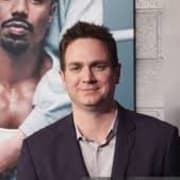How Top Rank developed Floyd Mayweather out of the '96 Olympics
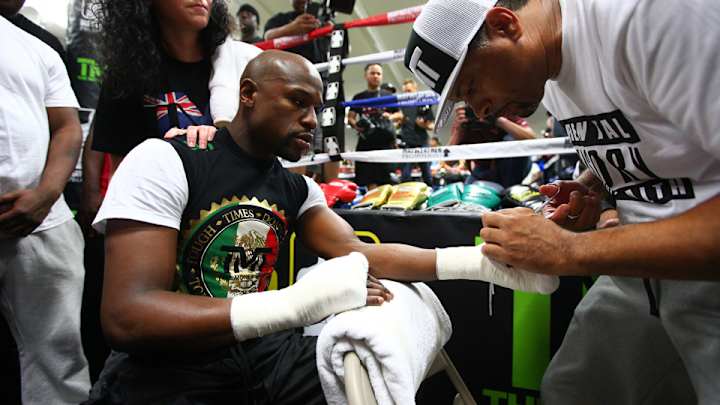
LAS VEGAS – The office of Bruce Trampler—Top Rank’s Hall of Fame matchmaker—looks like you might expect. The desk is littered with crumpled bout sheets and empty FedEx envelopes, its contents, usually DVD’s of prospective fighters, scattered around it. Over more than four decades at Top Rank, Trampler has navigated the early years for fighters like Michael Carbajal, Oscar De La Hoya, Miguel Cotto…and Floyd Mayweather.
Little known fact about Top Rank’s relationship with Mayweather: At first, they didn’t want him. In 1996, Top Rank was locked in on Fernando Vargas, a rugged Mexican-American competing alongside Mayweather at the 1996 Olympics. At the time, Top Rank was deep in the development of De La Hoya; Vargas, the company believed, could be built similarly.
“Vargas was bigger and he was Spanish and I thought he would probably be more valuable as a pro than Mayweather,” says Top Rank CEO Bob Arum.
• BISHOP: Pacquiao-Mayweather is the only treatment for Roach's pain
Post-Olympics, Mayweather decided he wanted to fight for Top Rank. At the time, Main Events, a rival promoter, had been financing his amateur career—in the neighborhood of $100,000. But Main Events now wanted Vargas. So Top Rank paid Mayweather the money to reimburse Main Events; Main Events paid Vargas the money to reimburse Top Rank, which had been funding him. “It was all done legally,” says Arum. “I mean, crazy, but legally.”
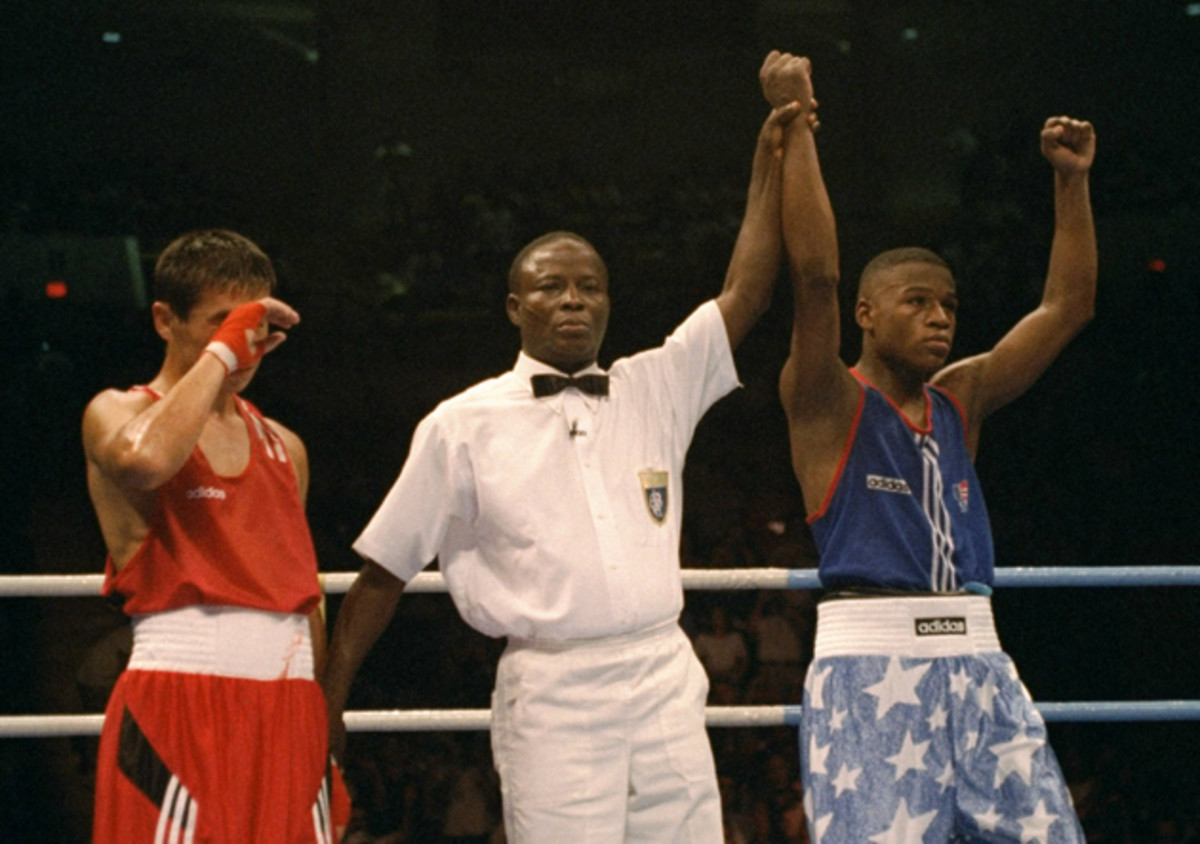
Picking opponents in a fighter’s first few years as a professional is a promoter’s biggest challenge. They need to be put in tough, but not too tough; they can’t be first class fighters, but they have to be able to do enough in the ring to help a young fighter learn. To a matchmaker, an early knockout is worthless; it looks good on a resume but does nothing to advance a fighter’s career.
It’s what makes matchmaking ulcer-worthy. A matchmaker’s worst nightmare is getting a young fighter knocked out; a close second is losing a decision. “If a fighter loses a decision,” says Trampler, “that’s on me.” In ’93, Trampler matched De La Hoya, in his fourth professional fight, against journeyman Curtis Strong. In the early rounds, Strong landed some heavy shots. “I remember thinking, ‘[Oscar] is hurt,” says Trampler. De La Hoya eventually stopped Strong in the fourth. When Arum asked Trampler for his opinion afterwards, Trampler was blunt.
“I said, ‘Bob, I’m really worried about him. I think he’s got no chin,’” says Trampler.
Arum called De La Hoya over and relayed to him what Trampler said. De La Hoya smiled.
“I wasn’t hurt Bob,” said De La Hoya, “I just don’t remember the third and fourth rounds.”
Most fighters are agreeable to handpicked opponents. Some are not. Take Cotto. In 2000, Cotto was a hot property. When Top Rank was close to signing him, they flew him to the office to meet the staff. Cotto said he had one goal: To fight for a world title within five fights.
Trampler anticipated that. So he asked: Who are your favorite fighters? “Every Hispanic kid at that time is going to say Roberto Duran and Alexis Arguello,” says Trampler. Cotto did. So Trampler produced record sheets. Arguello was 34 fights in before he fought for a world title; Duran needed 28. Cotto just shrugged. “He said, ‘I’m better than them,’” recalled Trampler. “At that point, what can you say?”
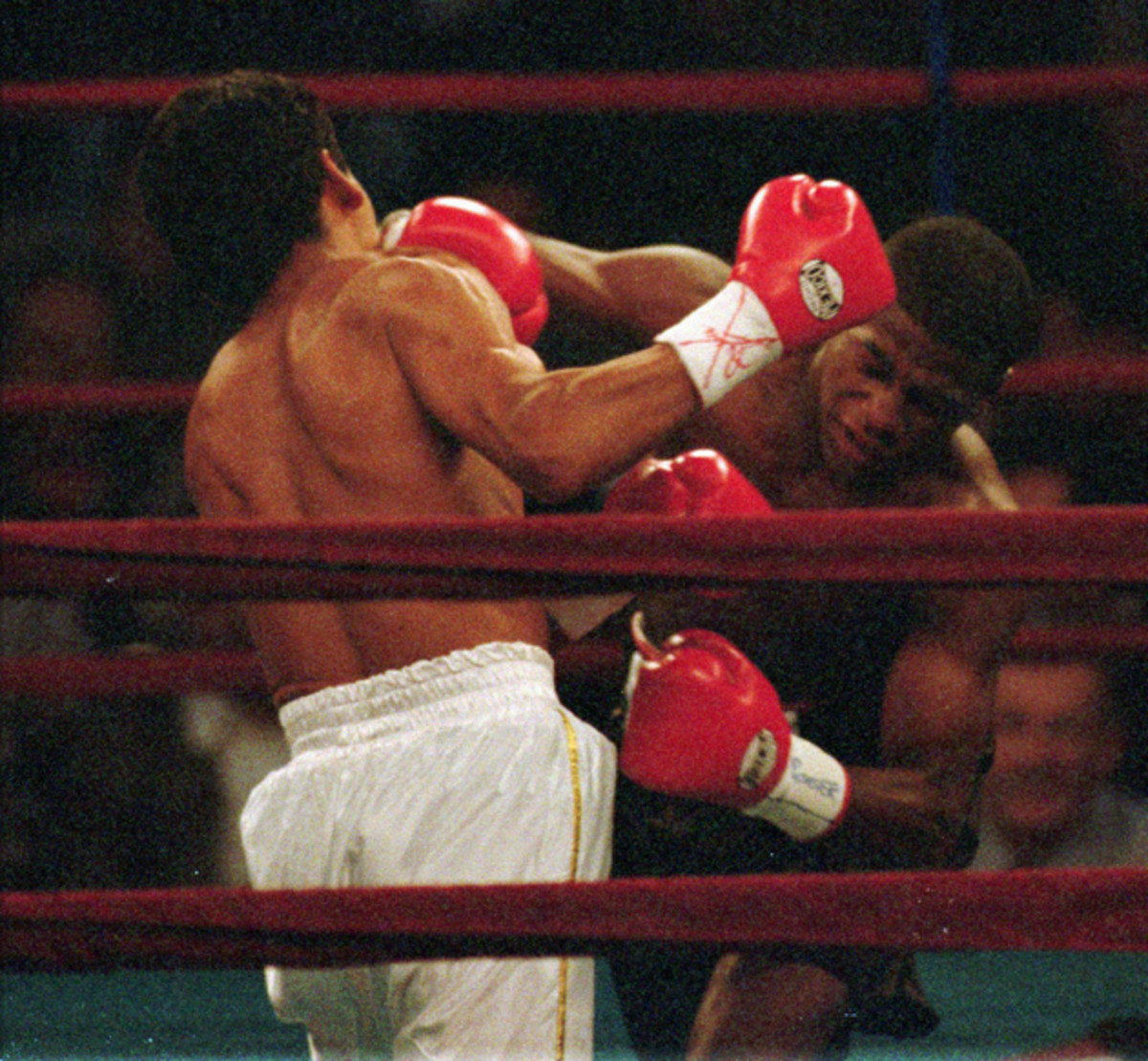
With Mayweather, Trampler knew early he had a star. In ’96, Mayweather made his pro debut on a Top Rank card in Las Vegas. He stopped Roberto Apodaca in the second round. It wasn’t that he stopped him that impressed Trampler; it was how. Athletic. Intelligent. Accurate. Trampler marveled at how a fighter so young could be that complete. On a flight to Los Angeles later that night, Todd duBoef, Top Rank’s president, asked him what he thought. Trampler was succinct: “I think we have something special. Whatever ‘it’ is, he has it.”
Ten observations from Floyd Mayweather's training camp
Of course, there were some shaky moments. In his second fight, Mayweather faced Reggie Sanders, a southpaw, in a four-rounder. Scouting—which at that time, in the early Internet days, consisted of phone calls to trusted matchmakers across the country—suggested Sanders would fight orthodox, too. Trampler took the fight to Mayweather. No problem, said Floyd. In the first two rounds, Sanders roughed Mayweather up. Trampler thought he won one of them. Mayweather won a unanimous decision, but there were some nervous moments.
In the early days, Floyd always wanted fights. “He had a fire and passion for his trade,” says duBoef. In January of 1997, duBoef recalls a phone call from Mayweather. He had just stopped Jerry Cooper and was itching to return. The problem: Top Rank didn’t have much for him. The company had a show in Chula Vista, Calif. in February but barely had $2,000 to pay him. Mayweather didn’t care. He took the fight and stopped Edgar Ayala in the second round. “That taught me a lot about him,” says duBoef. “Inherently, he’s a fighter. He just loved it. He loved to train and he loved being in the ring.”
Like Cotto, Mayweather was assertive about his opponents. He wanted to fight everyone De La Hoya did. “Floyd always had a thing for Oscar,” says Trampler. In 1997, Mayweather pushed for a fight against Angelo Nunez. The reason: De La Hoya stopped him in four rounds in ’93. “But it was a struggle,” says Trampler. Mayweather knocked Nunez out in the third. Says Trampler, “Floyd was working on his Oscar fight very early.”
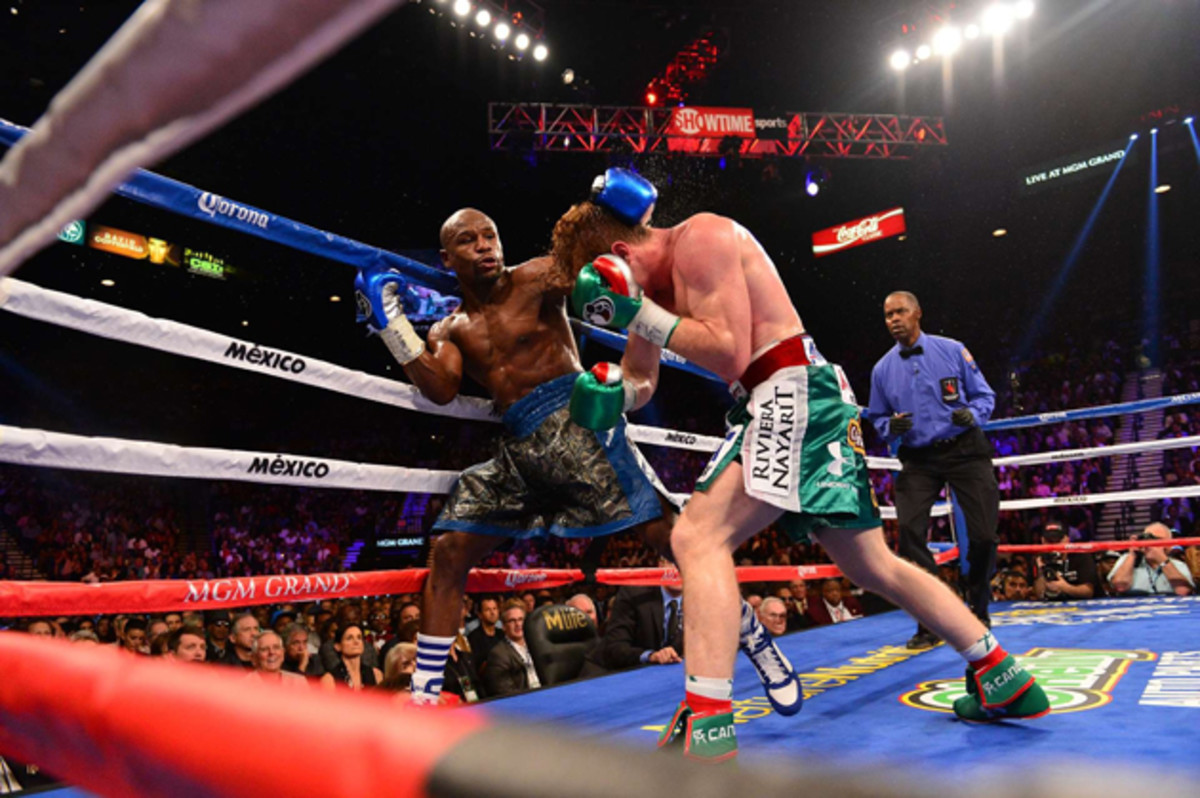
By 1998, Mayweather wanted a world title fight. And he knew who he wanted to face: Genaro Hernandez, the rangy, 5’11” WBC super featherweight (130-pounds) champion. Trampler was skeptical. Mayweather insisted. “He wasn’t motivated by the money,” says Trampler. “It was just he thought he could win the fight.”
A compromise was reached. Top Rank would work on making a fight with Hernandez, while Mayweather tested himself against taller fighters. “He understands styles,” says Trampler. “You can talk to him like you're talking to Angelo Dundee.” In April of 1998, Mayweather fought Gustavo Fabian Cuello, who stood around 5’10”. He won a lopsided decision. In June, he faced the 6’1” Tony Pep. Another one-sided decision. The Hernandez fight was made for October. Trampler was still nervous. Mayweather wasn’t. He dominated Hernandez, stopping him in the eighth round.
The rest is history. Mayweather went on to win world titles in five weight classes, establish himself as the top pound-for-pound fighter in the world and on Saturday will fight in what is expected to be the most lucrative fight in boxing history, against Manny Pacquiao, at the MGM Grand Garden Arena (PPV, 9 p.m.). The bad blood between Mayweather and Top Rank is well documented, but it has done little to diminish the respect company executives have for his accomplishments.
“He's got so many little tricks; he's amazing to watch,” says Trampler. “His instinct is to counter punch now as opposed to what it was early in his career. He knows how to put his left arm around you and hook it around your head and pull you in. Some guys clench by grabbing a guy's arms and tying them. He doesn't tie you up as much as he just maneuvers you into a trap. He neutralizes your offense. He's really a wonder to watch.”
For all of SI.com's coverage of the Mayweather-Pacquiao fight, including exclusive photos, videos and more, click here.
How will you watch the Mayweather-Pacquiao fight? in SI Polls on LockerDome
